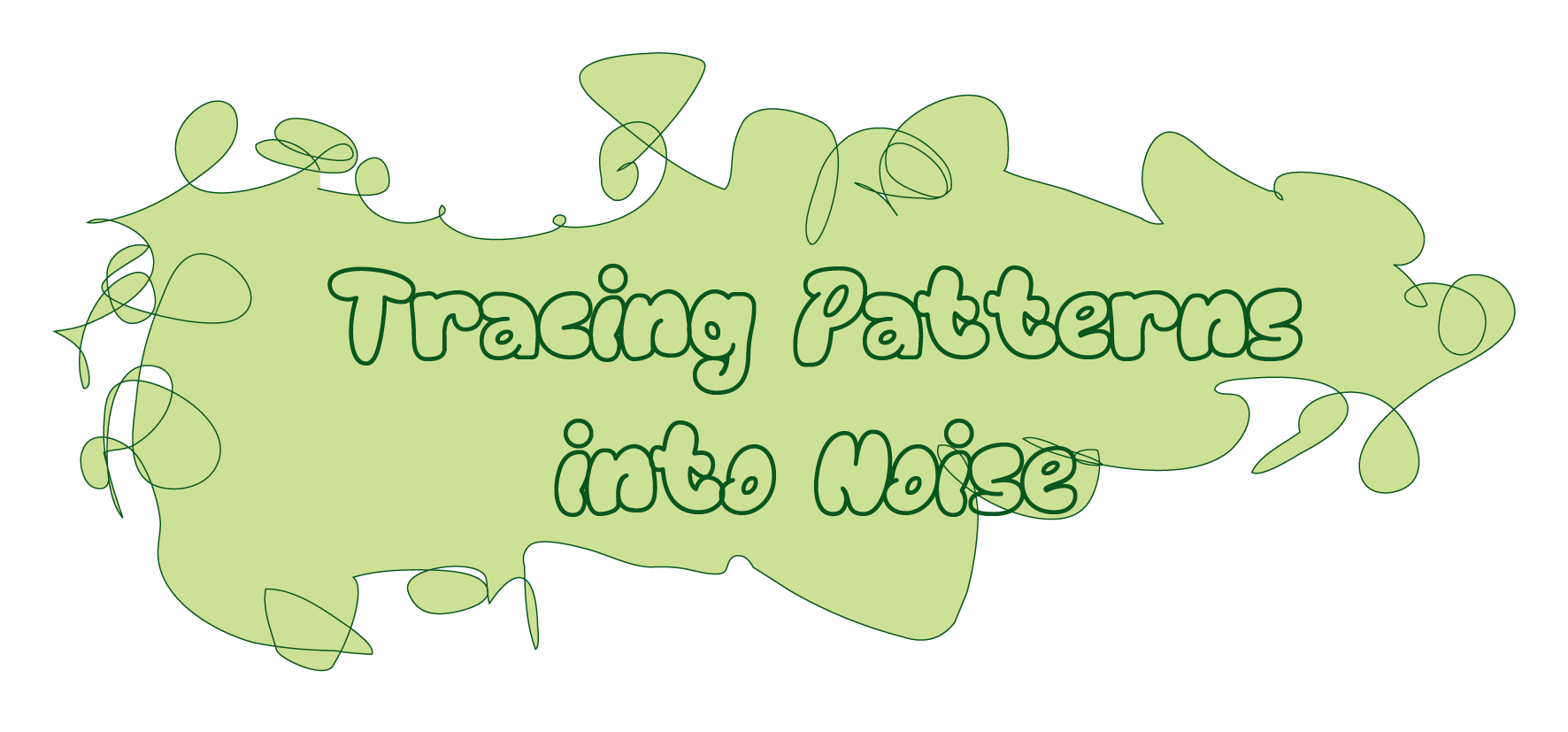Inspired by:
Eryk Salvaggio
Find the simplest outline an AI image tool can make.
Generative AI tools for making images are called diffusion models. Diffusion models start with an image of random pixels—basically, noise, or digital static! Then they shuffle that noise until the pixels match the caption you described in your prompt. They follow specific rules to make specific pictures. Weirdly, they can’t create pictures of visual noise: they are programmed to take noise out! While training an AI model, they take away details step by step. Each step is “learned” again and again. When all the details are stripped away, only the basic outline remains. When it comes time to generate the image, it starts with these basic outlines first, and then adds details over time. In his work, Eryk plays with ways to try to make “noisy” images—grainy, pixelated, digital static, etc. You can sometimes create something totally unintended with them. He is interested in seeing what exactly the AI model can combine with noise. Some words won’t come through at all, and others come through in very simple forms. That’s because the model makes images in a series of steps. It starts with really basic shapes first, and then adds more details later. By starting an image with noise, the model gets confused—it’s supposed to take noise out of pictures, not add noise in! It may not work for you right away, but with this exercise, Eryk invites you to play with noise prompts, to see how these systems make images. They are still just machines capable of doing things over a sequence of steps. They don’t think creatively about what to do or how to solve a problem. As an artist and a human being, that’s what you do.
About the artist:
Eryk Salvaggio is a researcher and artist interested in the social and cultural impacts of artificial intelligence and the creative misuse of AI.
Link
Exercise
- Choose a diffusion-based image model, like Stable Diffusion (which you can find online for free).
- In the prompt window, brainstorm words that describe visual noise. Noise is really anything that gets in the way of what we’re supposed to see in an image. For example, “digital static,” “visual noise,” “motion blur.” Play around with different words until the model stops making images that make sense. It may take a few tries, and sometimes the model will make realistic pictures that have nothing at all to do with your prompt: why do you think that is?
